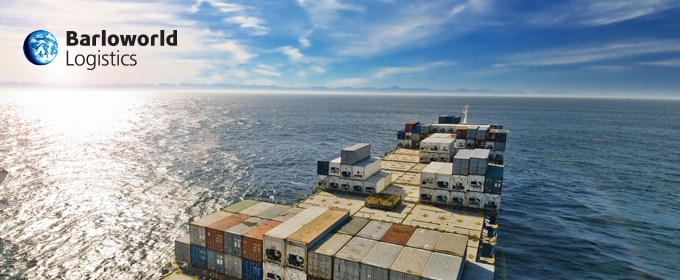
Impact on Organisations
The above theoretical definition of supply chain risk neatly encapsulates what risk within a supply chain is, but perhaps does not bring home the potentially devastating consequences that a prolonged interruption within a supply chain can have on an organisations profitability and even continued ability to remain in business. In today’s tough economic conditions, there is often a fine line between business success and failure. Many companies operate on the very edge to extract maximum value, but as such are likely to be vulnerable to disruptions because often minimum inventory is held, just-in-time processes enable manufacturing, and internationally dispersed suppliers are coordinated to fulfil orders. In a world where a disruption to a single supplier can affect the entire supply chain, it is wise to be aware of internal risks but also to plan for those risks that are beyond the control of the organisation that are likely to impact the world at large.
Biggest Challenges
The results of the World Economic Forum’s Global Risk Perception Survey 2018 is a detailed and extensive breakdown of global threats to our world (read entire report here). Having read the report, we think the following are some of the biggest potential challenges facing modern supply chains:
1) Grim Reaping – with rising natural disasters, large-scale disruptive weather events, political instabilities and crop disease any confluence of these factors could substantially impact global food security. The global food market is heavily reliant on numerous supply chains, and while food shortages have a greater and more concerning impact on humanity, such could also severely impact supply chains and the organisations they serve. From a supply chain perspective, diversifying suppliers across regions and minimising food wastage along the chain are some steps that organisations can take to contribute to food security in the future.
2) A Tangled Web – while many fear advanced Artificial Intelligence (AI) taking controls of humans, but what is more likely is that lower level, so-called AI weeds, could through their proliferation slowly begin to choke the internet. While this may be a difficult concept to comprehend – imagine a room that becomes fuller and fuller with people who are all trying to do things, with little coordination or purpose – the result is less space and less efficiency for all. Reduced internet efficiency could impact service – frustrating users, slowing websites and online transactions. A solution to this is mindful algorithm coding, and indeed the creation of norms and standards to regulate AI to counteract the useless, or even malicious, that could disrupt the web as we know it
.
3) The Death of Trade – Political commitment to globalisation is decreasing, and such is clearly represented in, for example, Brexit and the escalating trade conflict between the USA and China. Such trade disputes will have a marked impact on global supply chains with certain geographies beginning to implement stronger trade regulations and limitations. Sourcing origins and trade routes will have to be reviewed and proactively managed to prevent significant disruptions and decreased economic activity in the impacted regions.
4) Democracy Buckles – Economic, cultural and technological disruptions are being felt within many societies, leading in some cases to political destabilisation. Such can further lead to regime changes as seen during the Arab Spring, and even shifts in ideology. Such changes are rarely conflict-free, and in an area where violence erupts on the streets, normal economic activities are interrupted. International, regional and domestic conflict should be monitored closely to ensure that supply chains are ready to move and adjust should such occur.
5) Walled Off - daily cyber-attacks number in the thousands and as countries move to protect themselves the threat of a fragmented internet is starting to become a real concern. Should countries create “walled-off “segments of the internet, such could create barriers to the flow of information and content, as well interrupt the more technical functions of the internet. This poses a real threat to supply chains reliant on global data visibility to function.
While risks will always remain, the first step to mitigating such is to scan the macro environment become aware of what threats are likely and which will have the most significant impact. Some will forever remain beyond the control of the organisation, but for most, intelligent planning and forwarding thinking can provide viable alternatives should disaster strike. Supply chain risk is indeed business risk, and only once this is understood, internalised, mapped and prepared for can organisations face an uncertain tomorrow.
Click the button below to subscribe to our insights, and receive monthly updates on the supply chain and logistics industry.



